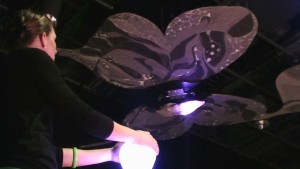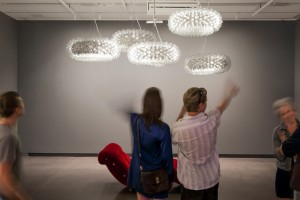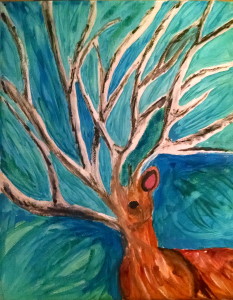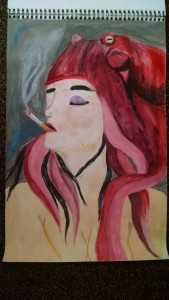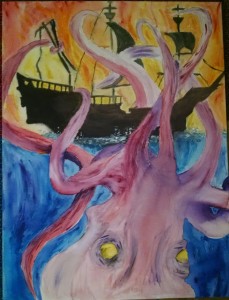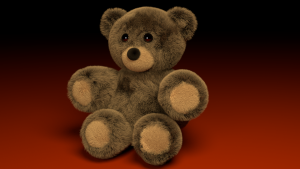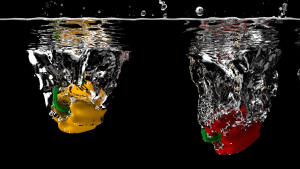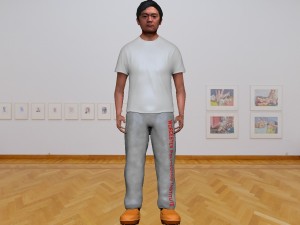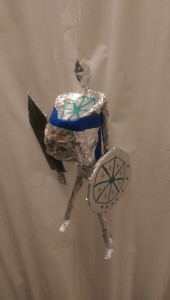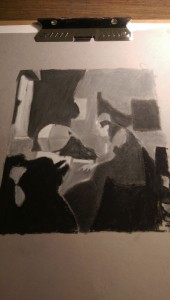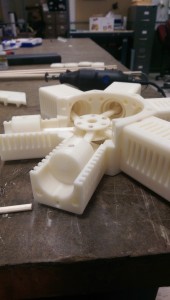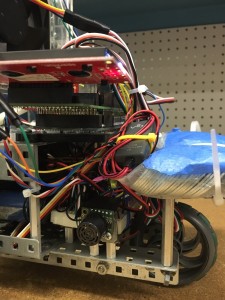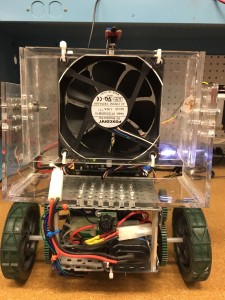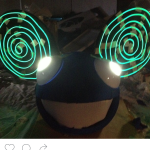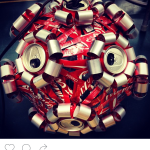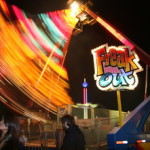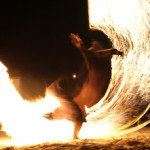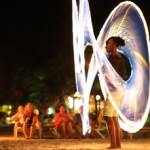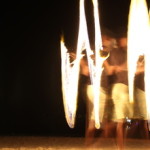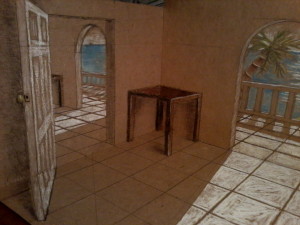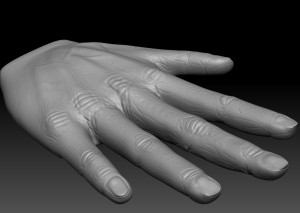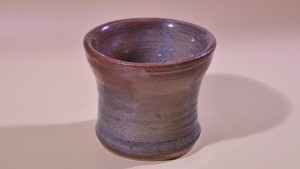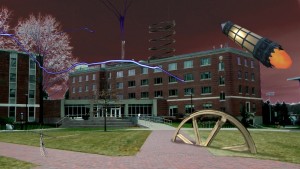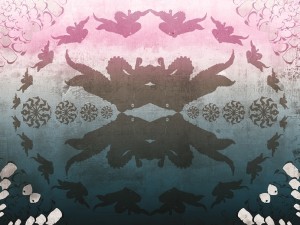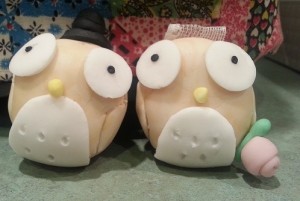The light artist Paul Friedlander was born in 1951 (http://www.paulfriedlander.com/text/CV%20update%20November%202013.htm) and grew up in Manchester and Cambridge England. He was very interested in the sciences from a young age and studied mathematics and physics at Sussex University. He later studied Fine Art at Exeter College of Art and become the lighting director for a few theatre productions.
Friedlander’s artwork is inspired by movement and machinery, and a show called “Kinetics” that he saw at Hayward Gallery in 1970 inspired him to dedicate his life to kinetic art (http://www.paulfriedlander.com/text/memyself.htm).
One of Friedlander’s early pieces were chromastrobic light sculptures. The sculptures were built using black and white designs and electric motors to spin them. The sculptures used the concept of chromastrobic light, which is Friedlander’s discovery that changing light faster than the eye records images can produce remarkable visual effects. The images below show these sculptures.
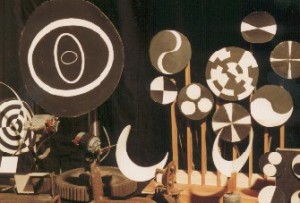

Source: http://www.paulfriedlander.com/text/artbackgnd2.html
Later, Paul Friedlander started to use an original technique to produce 3D, changing visual effects. The technique was to vibrate string very quickly and project colors onto it. One of his pieces was called “Dark Matter”, which had the goal of showing what dark matter would look like if it were visible. The exhibition was 8 meters tall and was interactive. Below is an image of this project.
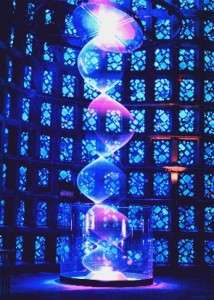
Source: http://www.paulfriedlander.com/text/guardian.html
Another piece that Friedlander exhibited is called “Timeless Universe”. After obtaining content such as ancient scripts and mathematical formulas that describe the universe, he produced a 15 piece exhibit with changing imagery that shows many variations on the theme. Below is an image of this exhibit.
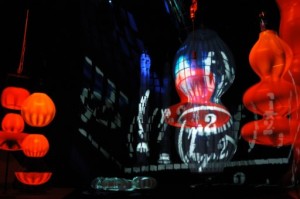
Source: http://www.paulfriedlander.com/text/sala2006.htm
Below are some other images of Friedlander’s work.
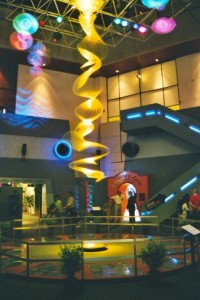
Source: http://www.paulfriedlander.com/text/singapore.htm
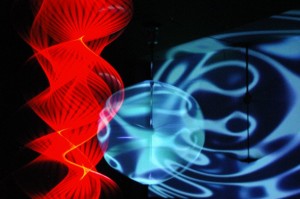
Source: http://www.paulfriedlander.com/text/Canarias2004/installation-2.htm
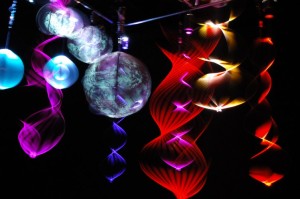
Source: http://www.paulfriedlander.com/text/spain2004_0021.htm




